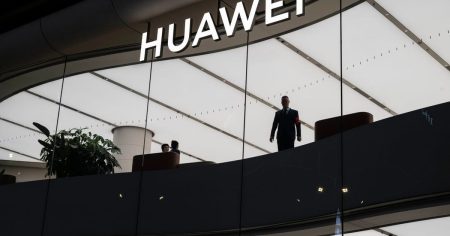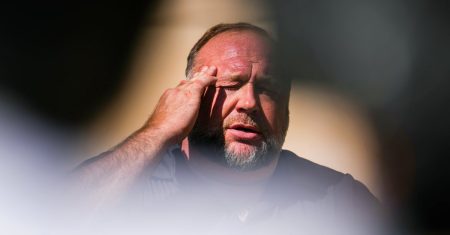A Catalyst for Change: The Story of Milo Janáč and Gelnica
In the quaint town of Gelnica, nestled in the Slovak Ore Mountains, a simple train ride became the catalyst for a grassroots movement. Milo Janáč, a 49-year-old with a multifaceted career as a writer, bartender, and spokesperson for the mayor, found himself inspired by a newspaper interview. Eva Wolfová, a local teacher, was featured discussing the potential impact of protests in smaller towns on the government led by Prime Minister Robert Fico. Her words resonated deeply with Milo, who saw this as a call to action. As the train chugged towards Gelnica, Milo began messaging acquaintances, determined to rally support for a protest. This moment marked the beginning of a journey that would test the power of community activism against a formidable political establishment.
Gelnica: A Portrait of Resilience
Gelnica’s history dates back to the 13th century, settled by ethnic Germans from Bavaria, and today it stands as a testament to resilience. Despite its rich heritage, the town faces significant economic challenges. With an average monthly wage of €1,241, Gelnica ranks among the poorest districts in Slovakia. Yet, it is here that Robert Fico’s party, Smer, secured 30% of the vote in the last election, indicating a strong base of support. The town’s economic struggles and political leanings set the stage for a compelling narrative of how grassroots efforts can challenge entrenched power structures.
Milo’s Mission: Mobilizing the Community
Milo’s determination to organize a protest quickly gained momentum. Despite his awareness that Fico’s resignation was unlikely, he recognized the potential for broader change if protests spread across similar towns. This belief fueled his efforts as he connected with local leaders, union representatives, and activists. The town hall meeting he organized became a symbol of unity, with attendees expressing frustration over neglect and seeking tangible change. Milo’s journey from a spontaneous idea to a community leader highlights the power of individual initiative in sparking collective action.
Fico’s Legacy and Politics
Robert Fico’s political career, marked by a return to power in 2023, has been contentious. His pro-Russian stance, aligning with leaders like Viktor Orbán, has positioned him within a conservative bloc challenging EU norms. His visit to Moscow, defying unofficial sanctions, underscored his diplomatic allegiances. Recent claims of external interference in protests, though unsubstantiated, reflect his approach to consolidating power and diverting attention from domestic issues. This chapter delves into Fico’s political maneuvering and its implications for Slovakia’s position in Europe.
External Interference: Fico’s Claims
Fico’s assertion that Georgian legionnaires and Ukrainian counterintelligence are behind the protests adds another layer to the narrative. Aimed at discrediting the movement, these claims resonate with his supporters but face skepticism from opponents. This tactic, while effective for his base, raises questions about the government’s transparency and willingness to address genuine grievances. The narrative examines how such claims impact public perception and the protest movement’s credibility.
Broader Implications and Future Outlook
The protests in Gelnica and beyond signify a potential shift in Slovakia’s political landscape. They represent a grassroots challenge to centralized power, testing the resilience of Fico’s government. Whether this movement can sustain momentum and inspire change remains to be seen. The conclusion reflects on the broader implications, emphasizing the enduring power of community-driven activism in shaping political futures and challenging the status quo. Gelnica’s story serves as a microcosm of the national struggle, where the interplay between economic hardship, political alignment, and collective action could redefine Slovakia’s trajectory.









